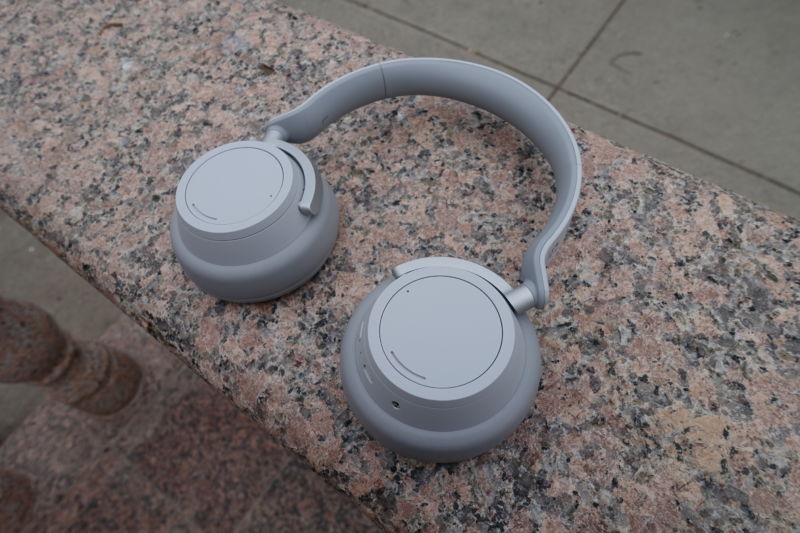
Enlarge / Who needs Aurich’s artistic talents, anyway? (credit: Peter Bright)
Long, long ago, Microsoft quietly announced that it was going to remove the venerable mspaint.exe from Windows 10. The app was listed as deprecated, indicating intent to remove it in a future Windows 10 update, and the app itself was even updated to warn users that it was going to be removed from Windows in a future release.
Microsoft said that Paint would still be installable from the Store, but it was no longer going to be included by default. The app was even updated to include a “Product alert” button on its ribbon that, when clicked, showed a message box to warn that Paint would soon be moving to the Store. Paint’s role would be filled by the new Paint 3D application, which contains most Paint features, as well as lots of 3D things.
But there’s good news. The very latest builds of the Windows 10 May 2019 Update have removed the “Product alert” button, and Microsoft’s Brandon LeBlanc has confirmed that Paint will in fact continue to be shipped with Windows 10. You won’t need to get it from the Store. As such, there will be nothing standing between Windows users and terrible artwork.
Read on Ars Technica | Comments








